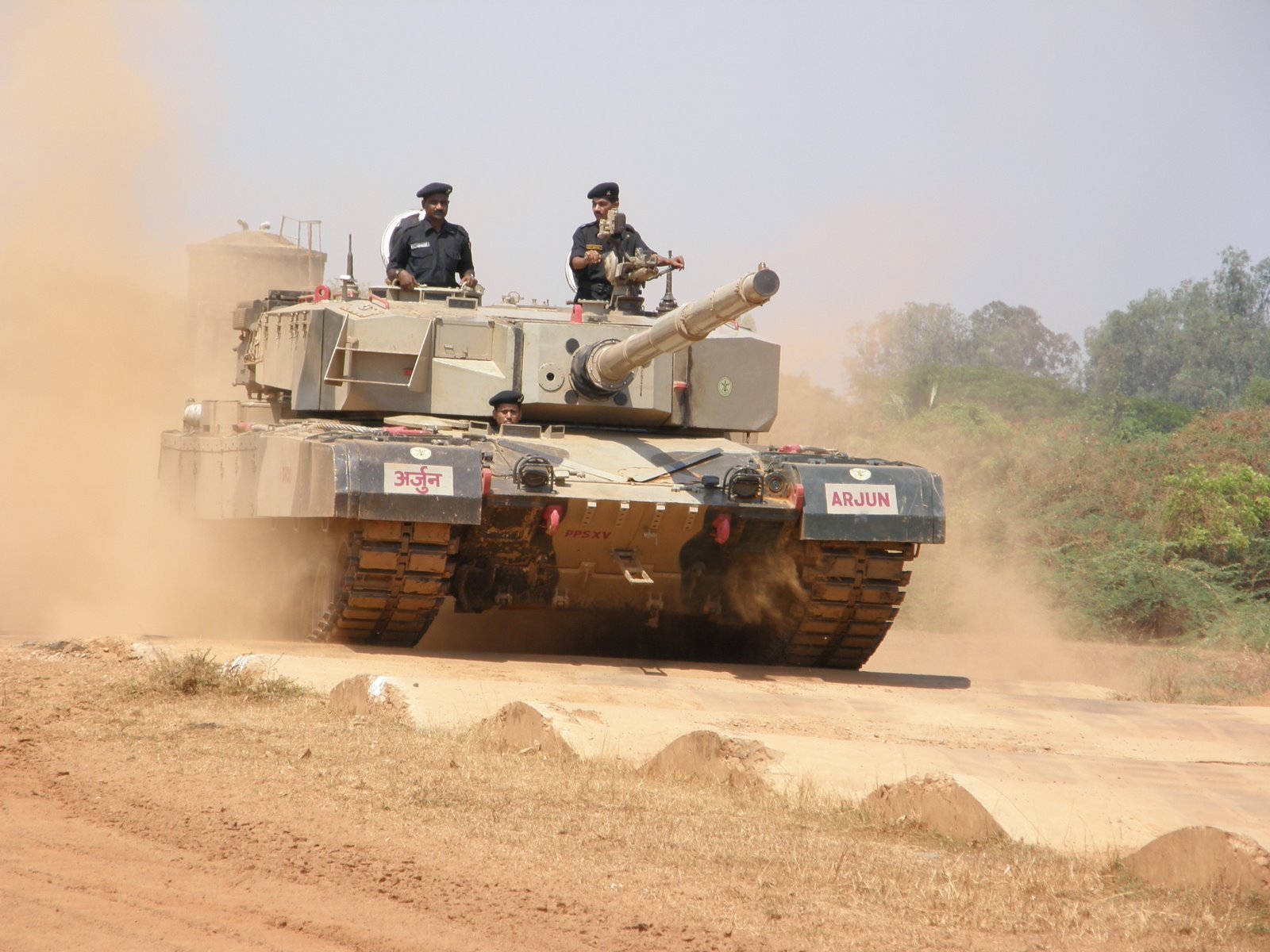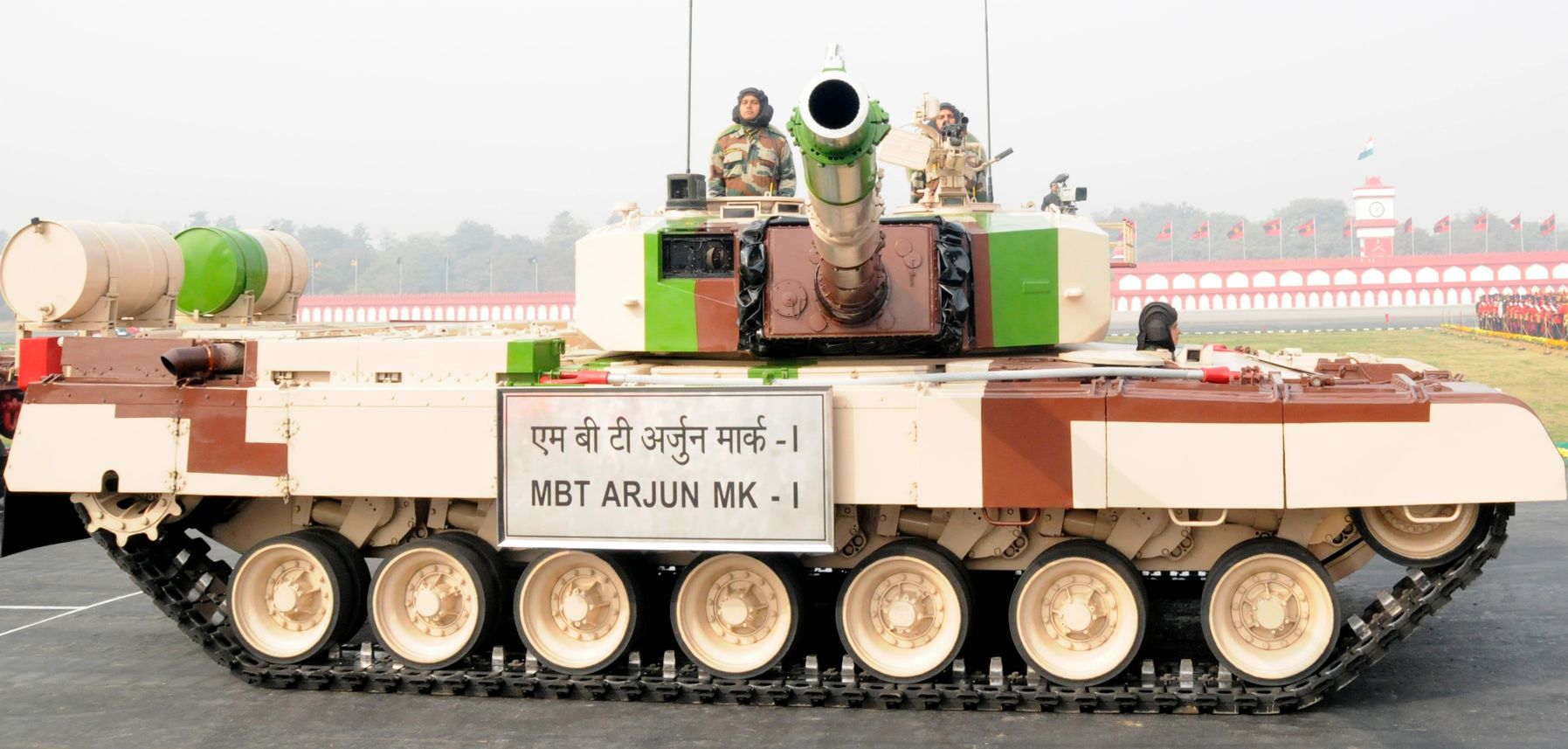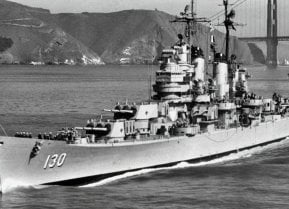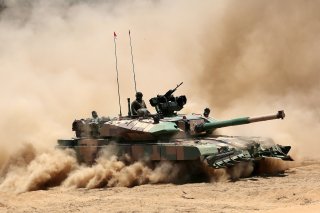'A Disaster': India’s Arjun Tank Took Decades to Build
Almost thirty-five years after the Arjun’s design was initially conceived, the Indian MBT was at least “ready” to be produced in 2009. The Indian Army purchased 124 Arjun tanks, despite the fact that several significant technical flaws were discovered during the MBTs’ testing stage.
Russia’s ongoing invasion of Ukraine has highlighted the significant role main battle tanks (MBTs) can play in modern warfare.
Moscow has had to turn to its antiquated stockpile of Soviet-era tanks to aid its offensive efforts, while Kyiv is relying on upcoming shipments of advanced Western armored vehicles to bolster its defense.
Russia is not the only nation to continue to sport aging MBTs in its armored corps. India currently operates just under 2,000 specialized Soviet-designed T-72 tanks, which first entered service with the country in the early 1980s. For more than five decades, however, India has struggled to produce its own domestic MBT - the Arjun.
Due to a series of logistical delays and design issues, the homegrown MBT continues to face extreme technical issues rendering more than three-quarters of these units completely non-operational.
A brief history of the Arjun tank:
The third-generation MBT was initially developed by the Combat Vehicles Research and Development Establishment for the Indian Army. Following the Bangladesh Liberation War in 1971, New Delhi desired a new main battle tank that could elevate its armored corps.
Over the next few years, CVRDE was created and tasked with overseeing the development of the new indigenous armored vehicle. While the first prototype was delivered in 1989, the Indian Army found major defects in the first batches of produced tanks up until the mid-1990s.
Designed to primarily feature Indian components, the Arjun’s developers were tasked with designing the tank’s hull, armor, turret, and running gear. India’s manufacturing capabilities were just not up to the task at the time, further delaying the Arjun’s production. Roughly 25 percent -30 percent of the tank’s components are imported.
Ordnance-wise, the Arjun MBT features a homegrown 120mm main rifled gun with fin-stabilized armor-piercing discarding sabot and high-explosive squash head ammunition.
As detailed by Army Technology, “An anti-personnel 7.62mm coaxial machine gun is fitted alongside the main gun and a 12.7mm machine gun is fitted at the top of the turret to aim aircraft and ground targets. An anti-helicopter round is also being developed to combat air threat to armor. The tank has special containers to carry 39 projectiles of 120mm ammunition. These containers keep the ammunition away from the crew, providing an additional level of survivability.”
The Arjun tank has a troubled past
Almost thirty-five years after the Arjun’s design was initially conceived, the Indian MBT was at least “ready” to be produced in 2009. The Indian Army purchased 124 Arjun tanks, despite the fact that several significant technical flaws were discovered during the MBTs’ testing stage.

Within six years, the two armored regiments in India’s Army that used the Arjun MBTs saw nearly 75 percent of their tank arsenal completely non-operational due to technical problems.
Due to the difficulties the Arjun caused, India turned to Russia to invest in its new T-90 MBT program around this time.

In fact, India became Russia’s largest client and has ordered several hundred T-90 MBTs from Russia over the last few years.
Considering it's been more than thirty years since India’s CVRDE got to work on the Arjun’s initial design, the prospects for a successful homegrown Indian main battle tank appear bleak at best.
About the Author: Maya Carlin
Maya Carlin is an analyst with the Center for Security Policy and a former Anna Sobol Levy Fellow at IDC Herzliya in Israel. She has by-lines in many publications, including The National Interest, Jerusalem Post, and Times of Israel. You can follow her on Twitter: @MayaCarlin.
All images are Creative Commons.


